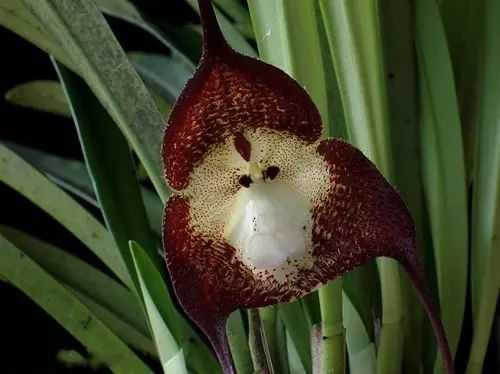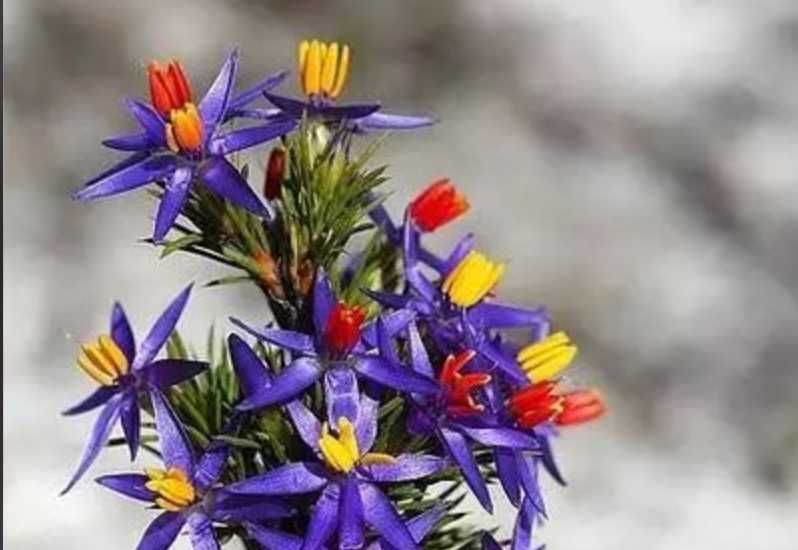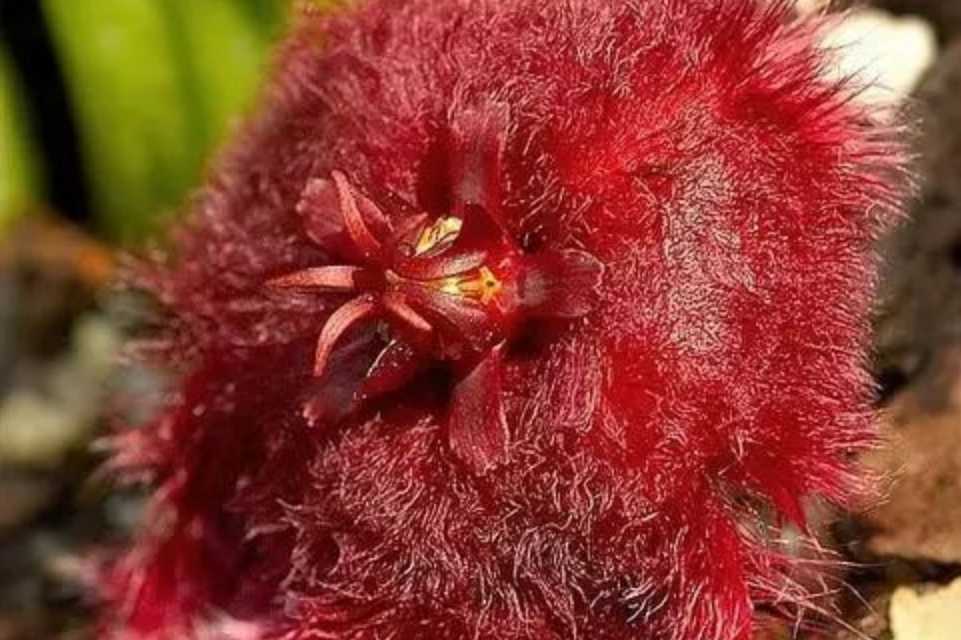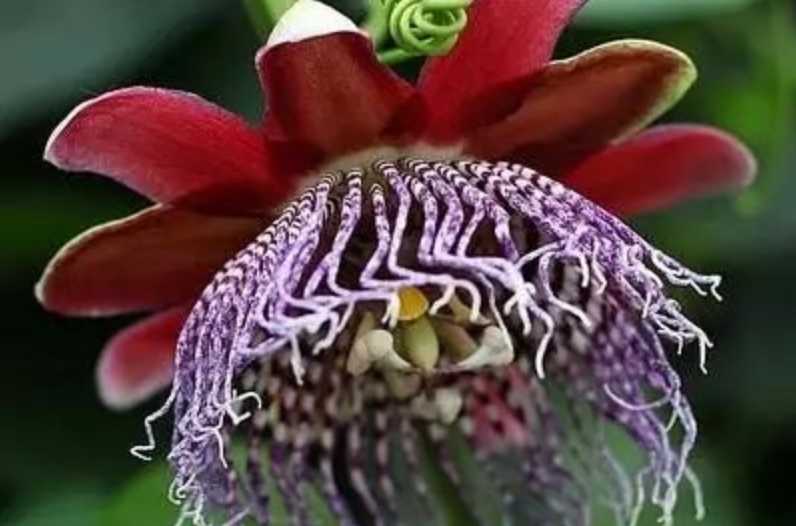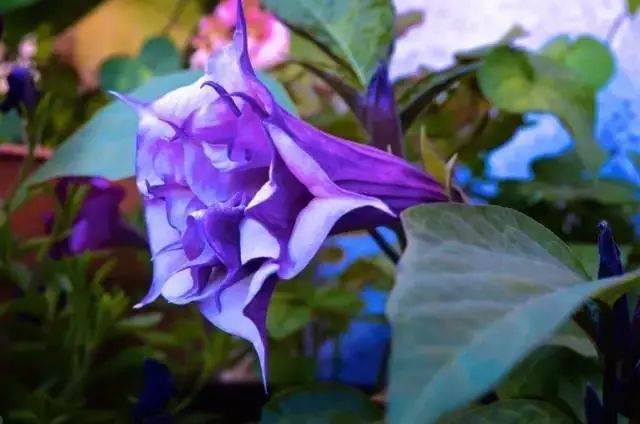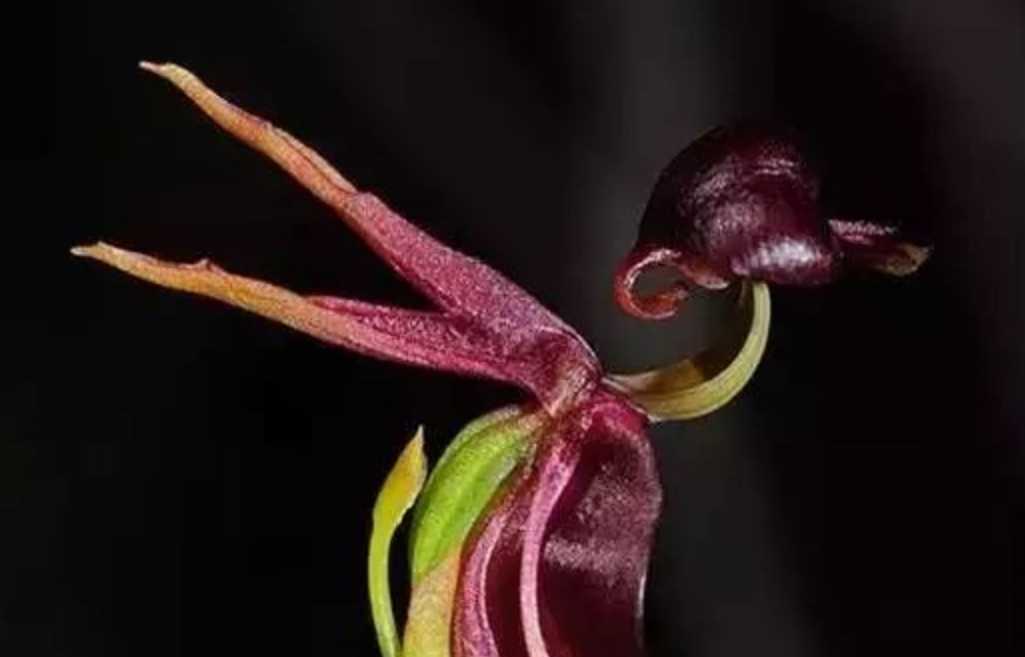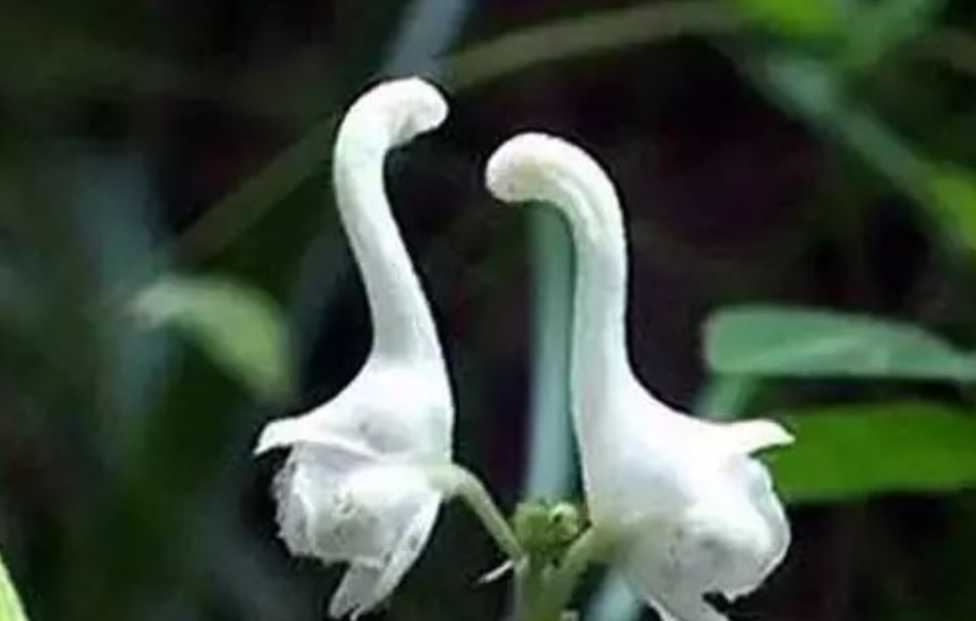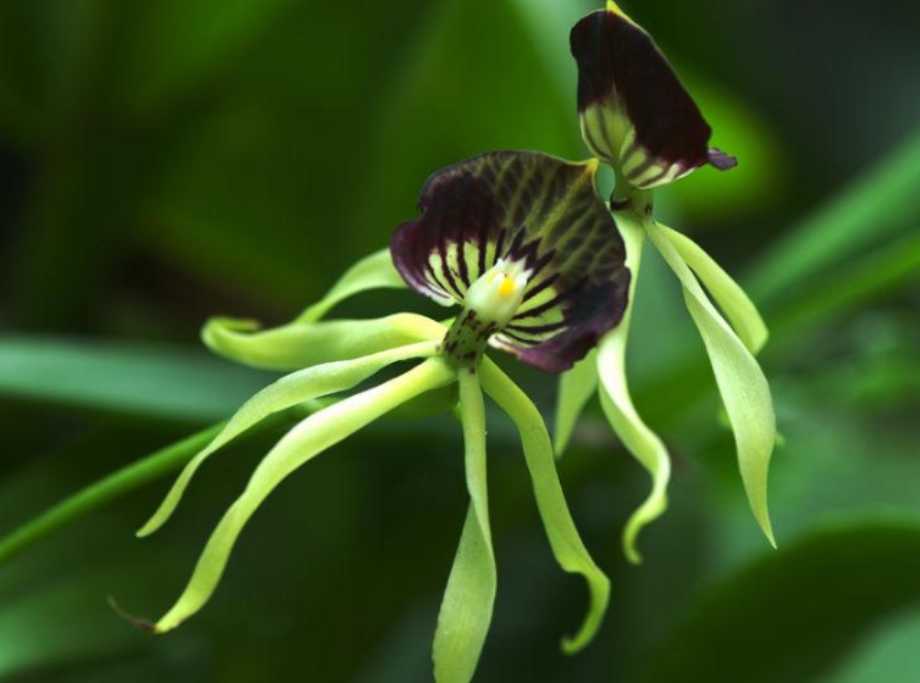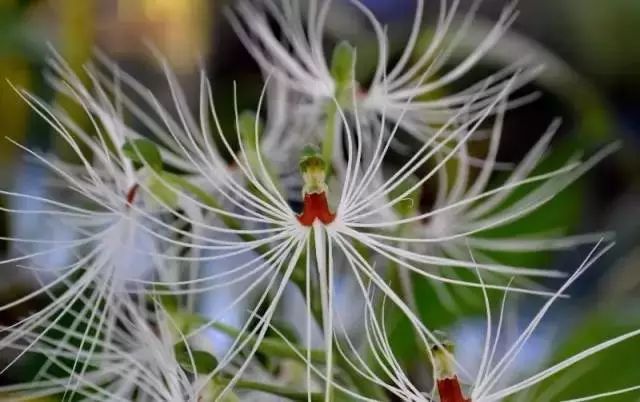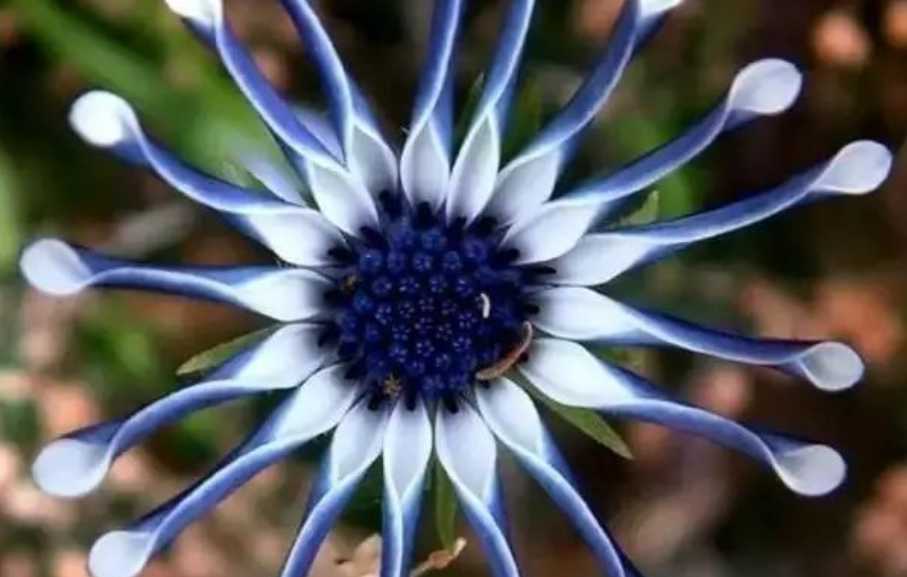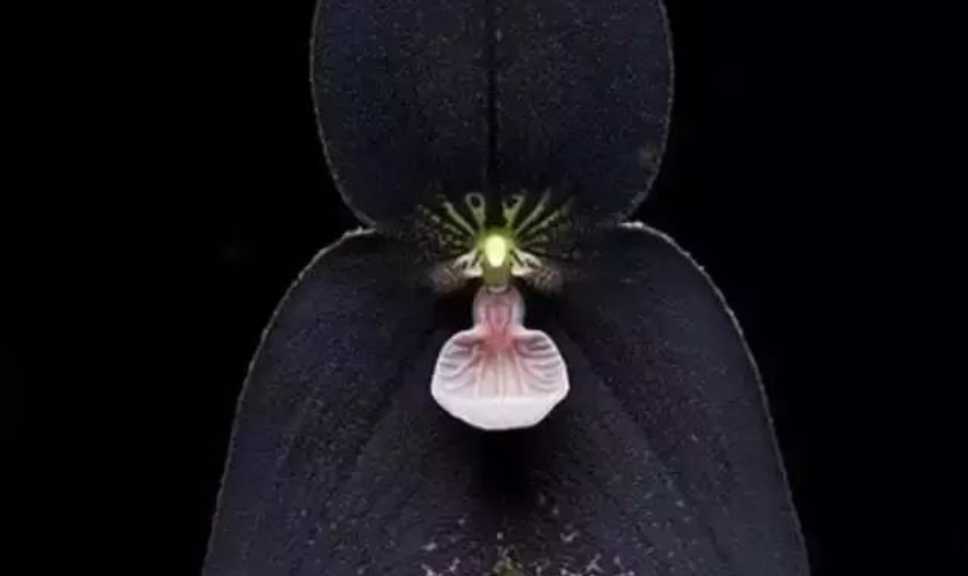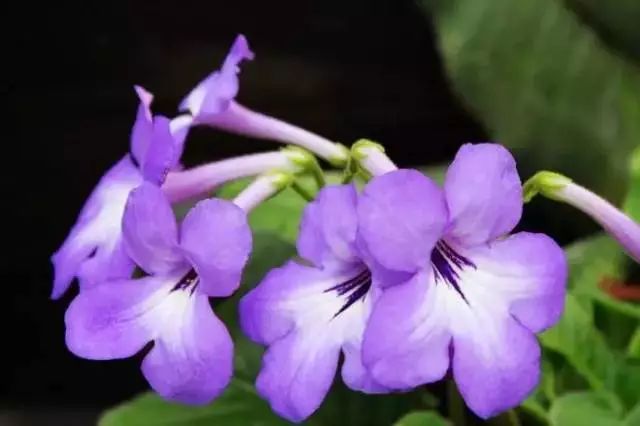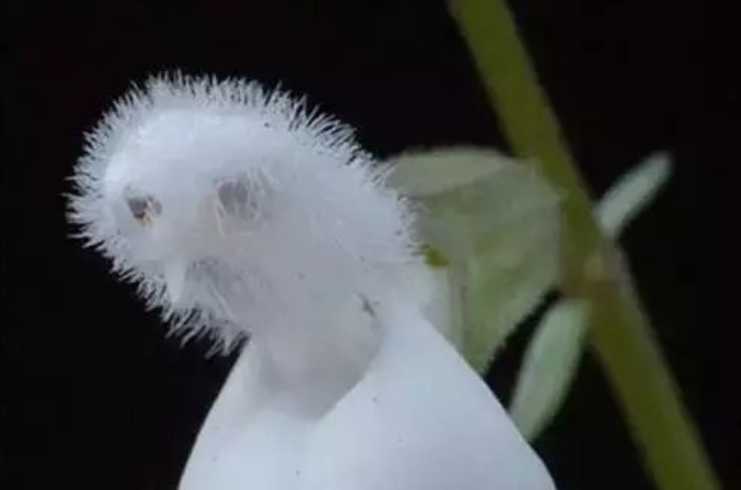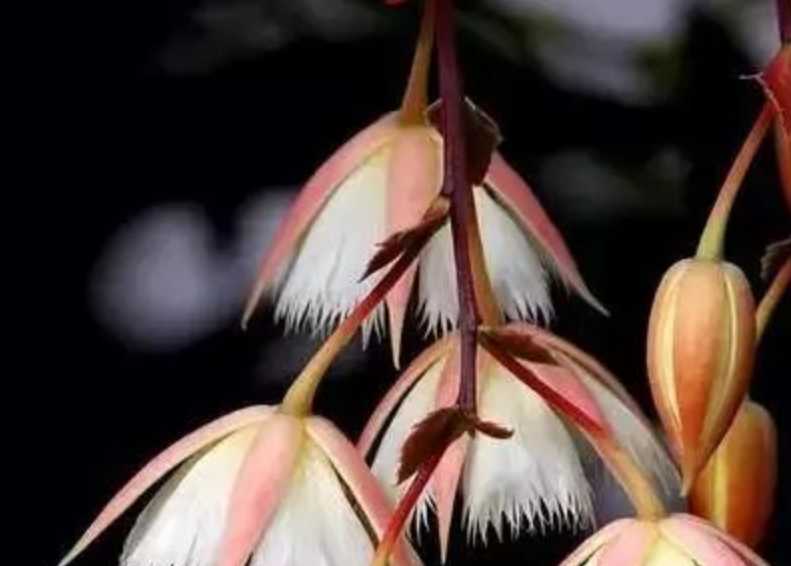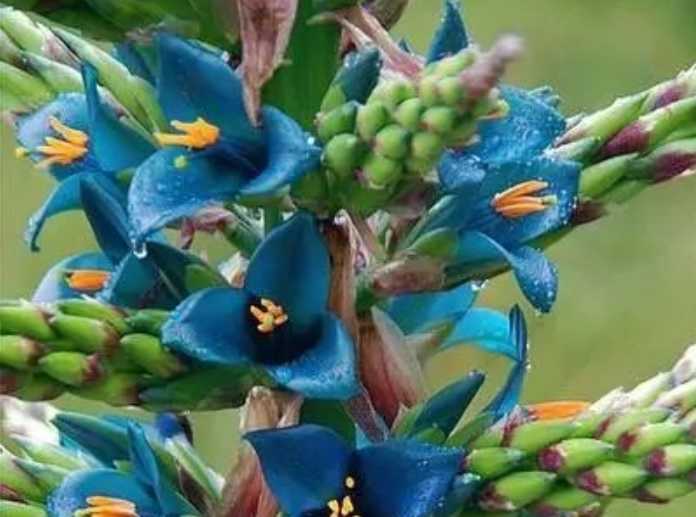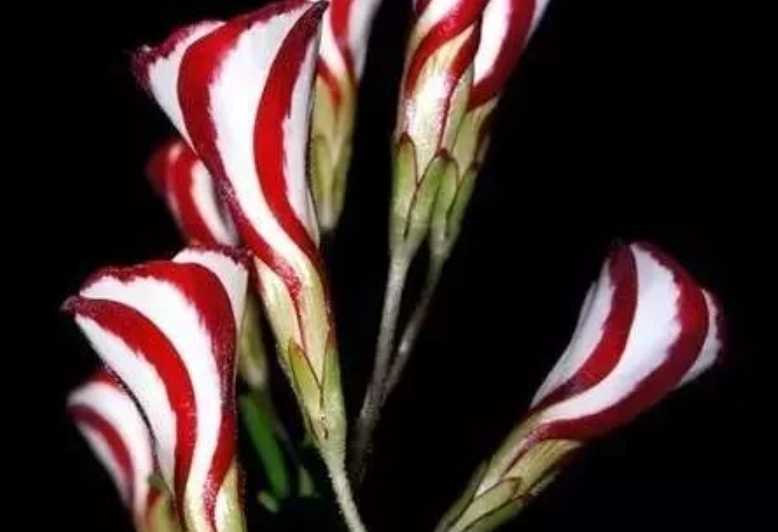Plant Information
Alluring and Potentially Perilous Datura
Datura, a genus of flowering plants within the Solanaceae family, has long fascinated and alarmed people worldwide. Native to the Americas, these plants have spread across the globe, captivating with their striking appearance while concealing a dangerous secret—all parts of the plant contain toxic alkaloids.
Fascinating Duck Orchid: Nature's Avian-inspired Wonder
The Duck Orchid (Caleana major), a remarkable endemic plant of eastern Australia, has captivated botanists and nature enthusiasts with its uncanny resemblance to a flying duck. Found in subtropical rainforests and eucalyptus woodlands from Queensland to Victoria, this orchid thrives in nutrient-poor soils, relying on a unique symbiotic relationship with fungi for survival. Its scientific name honors George Caley, an 18th-century botanist who first documented Australia’s diverse flora.
Graceful Swan Flowers: Nature's Exquisite Creations
Swan flowers, known scientifically as Aristolochia erecta, are captivating perennial herbs that grace the landscapes of North America's temperate and tropical zones. These plants, with their sprawling growth habit, feature heart-shaped leaves and intricate, pipe-like flowers adorned with purple-brown mottling, making them a visual delight.
Exquisite Octopus Orchid: A Marvel of the Orchid World
The Octopus Orchid (Prosthechea cochleata), a fascinating orchid species, is native to regions such as Central America, the West Indies, Colombia, Venezuela, and Florida in the United States. This epiphytic orchid has earned its name due to its unique flower shape that resembles a small octopus from "One Piece," with its linear petals and sepals that are yellow-green in color, slightly twisted and hanging down naturally, looking like the tentacles of an octopus. It is also known as the "Scallop Orchid" because its lip petal is just like a beautiful scallop shell.
Exquisite and Enigmatic: The Allure of the Mucuna Birdwoodiana
In the lush landscapes of tropical and subtropical Asia, a remarkable flower known as the Mucuna Birdwoodiana, or commonly referred to as the "Spider Creeper" or "Dolphin Orchid," has been captivating the attention of nature enthusiasts and botanists alike.
Mysterious Habenaria medusa: A Botanical Marvel Resembling Mythical Locks
In the heart of the lush Southeast Asian rainforests, a plant of otherworldly beauty lies in wait, captivating all who encounter it. The Habenaria medusa, a member of the Orchidaceae family, has earned its name from the Greek mythological figure Medusa, whose hair was made of writhing snakes. This terrestrial orchid is a true wonder of nature, with its petals unfurling into sinuous, snake - like tendrils that seem to dance in the breeze.
The Alluring Blue - Eyed Daisy: A Floral Gem from Africa
In the world of horticulture, the Blue - Eyed Daisy, scientifically known as Osteospermum, has emerged as a captivating and popular flower. Native to Africa, this member of the Asteraceae family has won the hearts of gardeners and nature enthusiasts around the globe with its unique appearance and adaptability.
Intriguing Dracula Orchids: Nature's Bizarre and Beautiful Creations
Dracula orchids, belonging to the orchidaceae family, are a fascinating group of plants that have captivated the attention of botanists and plant enthusiasts alike. These unique orchids are native to the Americas, with a significant concentration found in Ecuador and Colombia.
The Enchanting Streptocarpus: A Delicate Floral Gem in the Plant Kingdom
Streptocarpus, commonly known as the Cape Primrose or African Violet relative, is a genus of herbaceous perennials that has captured the hearts of horticulturists and indoor gardeners worldwide. Native to eastern and southern Africa, these plants thrive in the cool, humid microclimates of mountainous regions, from Kenya to South Africa, where they grow as epiphytes or lithophytes in forest understories.
The Fascinating Bee Orchid: Nature's Master of Deception
The Bee Orchid (Ophrys apifera) has long amazed botanists with its uncanny mimicry of female bees, a survival strategy that blurs the line between plant and animal. Native to Europe and parts of North Africa, this orchid thrives in grasslands, meadows, and woodland edges, where it relies on insect trickery to reproduce.
The Mysterious Casper Ghost Flower
The Casper Ghost Flower, also known as the Ghost Plant or Monotropa uniflora, is a unique and captivating plant that has long intrigued botanists and nature enthusiasts alike.
The Alluring Blooms of the Elaeocarpus: A Floral Delight
The Elaeocarpus, a genus of trees and shrubs, is home to some truly captivating species, with their flowers being a sight to behold. These plants are widely distributed across East Asia, Southeast Asia, and the southwestern Pacific regions.
The Regal Puya raimondii: Queen of the Andes' Botanical Realm
The Puya raimondii, commonly known as the Queen of the Andes, stands as a botanical marvel, captivating scientists and nature enthusiasts with its imposing size and unique life cycle. Native to the high - altitude regions of the Andes Mountains in Peru and Bolivia, this giant bromeliad reigns supreme in the harsh, arid landscapes it calls home.
The Mesmerizing Candy Cane Sorrel: A Botanical Delight with a Twist
The Candy Cane Sorrel, scientifically known as Oxalis versicolor, is a captivating member of the Oxalidaceae family that has won the hearts of plant enthusiasts worldwide. Native to the sunny landscapes of South Africa, this perennial bulbous plant has made its mark in gardens and indoor spaces alike, thanks to its unique and eye - catching blooms.

